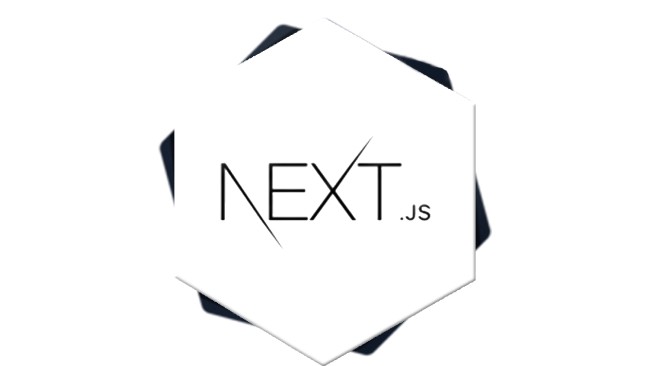
기존 CRA에 의존해서 세팅을 했었고 eject를 해본적도 없다.
이번에 Next js를 활용하게 되었는데 이번 프로젝트는 꽤 크기에 이를 위한 세팅을 제대로 하게 되었다. 딱히 next js 전용인 건 meta뿐이며 나머지는 CRA에서도 사용가능하다. styled-components 사용함을 전제로 한다.
npx create-next-app --typescript를 활용했다.
- alias 적용
{
"compilerOptions": {
"baseUrl": "./",
"paths": {
"@root/*": ["./*"],
"@src/*": ["./*"],
"@components/*": ["./src/components/*"]
}
}
}이부분은 생각보다 간단했다. tsconfig.json에 이것만 추가해주면 되었다.
이걸 활용하면 "@root"로 root에 바로 접근 가능하고 사용하는 파일의 위치에 영향을 받지 않는다.
- Global scss 와 Theme provider
theme.primaryColor를 지정해두면 나중에 변경할 때 아주 손쉽게 바꿀 수 있다. 최근에 회사에서 회사명과 서비스 메인 컬러를 바꾸면서 primary color를 파랑색에서 보라색으로 바꾸었는데 이 theme를 바꿈으로 바로 전체적인 theme를 바꿀 수 있었다.
theme.scss에
$blue-base: #156aff;
$red-base: #e52f2f;
$green-base: #08b468;
$purple-base: #6400ff;
$yellow-base: #e8a328;
요런거 저장해놓고
_app.tsx
import { ThemeProvider } from "styled-components";
import theme from "!!sass-variable-parser!../styles/theme.scss";
...
return (<>
<ThemeProvider theme={theme}>
<Component {...pageProps} />
</ThemeProvider>
</>)
위와 같이 ThemeProvider 내부에 컴포넌트를 넣어놓으면 styled 컴포넌트에서 언제든 사용가능하다.sass variable 파싱을 위해 sass-variable-parser를 활용했다
예시)
const StyledTitle = styled(Typography.Title)(({ theme }) => {
return {
['&&']: {
color: theme.white,
wordBreak: 'keep-all',
[`@media ${theme.mobileMedia}`]: {
fontSize: theme.heading3Size,
},
},
};
});글로벌 scss 도 import 해놓았다. next js가 좋은점이 scss설치만 하면 config 등에서 따로 설정할 필요가 없다.
- vscode snippet
현재 회사에서 vscode snippet을 활용해서 아주 편하게 작업을 하고 있다.
만드는 방법을 알아보니 방법은 간단하다.
vs code에서 CMD + Shift + P 누른다음 Preferences: Configure User Snippets 찾은다음 add snippets for "my project" 누르면 된다.
{
// Place your calendar workspace snippets here. Each snippet is defined under a snippet name and has a scope, prefix, body and
// description. Add comma separated ids of the languages where the snippet is applicable in the scope field. If scope
// is left empty or omitted, the snippet gets applied to all languages. The prefix is what is
// used to trigger the snippet and the body will be expanded and inserted. Possible variables are:
// $1, $2 for tab stops, $0 for the final cursor position, and ${1:label}, ${2:another} for placeholders.
// Placeholders with the same ids are connected.
// Example:
"Print to console": {
"scope": "javascriptreact,typescriptreact",
"prefix": "log",
"body": [
"console.log('$1');",
"$2"
],
"description": "Log output to console"
}
}요런게 생성될 텐데 scope를 리엑트용으로 바꿔줘야한다.
참고 : https://dev.to/natterstefan/how-to-add-custom-code-snippets-in-vs-code-1ofm
- META 태그 컴포넌트화 nextjs의 장점인 meta tag를 컴포넌트화 하고 기본값을 설정해 놓았다.
import Head from "next/head";
interface HeadInfo {
title: string;
name?: string;
contents?: string;
}
const HeadInfo = ({ title, name, contents }: HeadInfo) => {
return (
<Head>
<meta name="viewport" content="width=device-width, initial-scale=1" />
<title>{title}</title>
<meta name={name}></meta>
<meta content={contents}></meta>
</Head>
);
};
HeadInfo.defaultProps = {
title: "nft props",
keyword: "nft calendar",
contents: "nft calendar",
};
export default HeadInfo;
이렇게 해놓으면 어디서든 HeadInfo를 가져다가 메타태그를 쉽게 설정해줄 수 있다. 심지어 아래와 같이 layout에다가 넣어놓으면 기본 값으로 항상 설정될 수 있다.
export default function Layout({ children }) {
return (
<>
<Navigation></Navigation>
<HeadInfo></HeadInfo>
<div>{children}</div>
</>
);
}이상 기본적으로 필요한 next 세팅은 끝났다. 디자인도 끝났기에 이제 시작이다.
